

 Q: Thanks so much for the write up about my mask. I don’t know anything about this subject, so it is so cool to learn more about it! Here are the attached photos of the other two masks I found at Goodwill. One looks like an elephant and isn’t nearly as detailed as the other. The other one looks to me like a monkey, and now that I am looking at it I think it might be some sort of plaster, not wood. Kelley, 1395
Q: Thanks so much for the write up about my mask. I don’t know anything about this subject, so it is so cool to learn more about it! Here are the attached photos of the other two masks I found at Goodwill. One looks like an elephant and isn’t nearly as detailed as the other. The other one looks to me like a monkey, and now that I am looking at it I think it might be some sort of plaster, not wood. Kelley, 1395A: I don’t normally do a second mask from the same person. Summer is slow and this monkey mask is nicely done in a traditional way. The monkey is a favorite character in the dances of the Quechua-speaking Indians of the northern Andes. They are usually carved and painted in exiting ways for performance, while also becoming a desirable souvenir for tourists. I can’t be sure whether this one has been used, or antiqued for the tourists. It is wood, not plaster. C
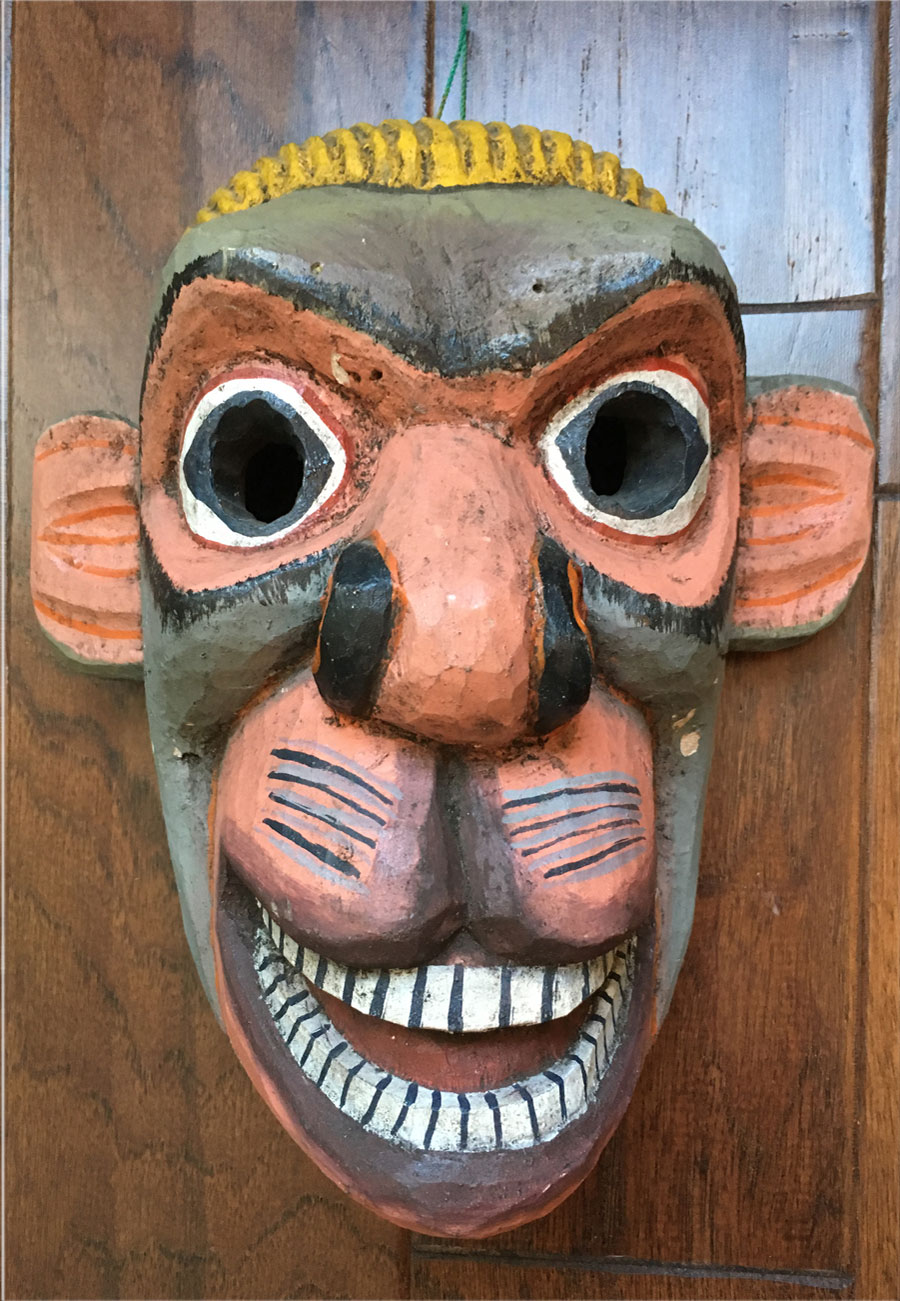
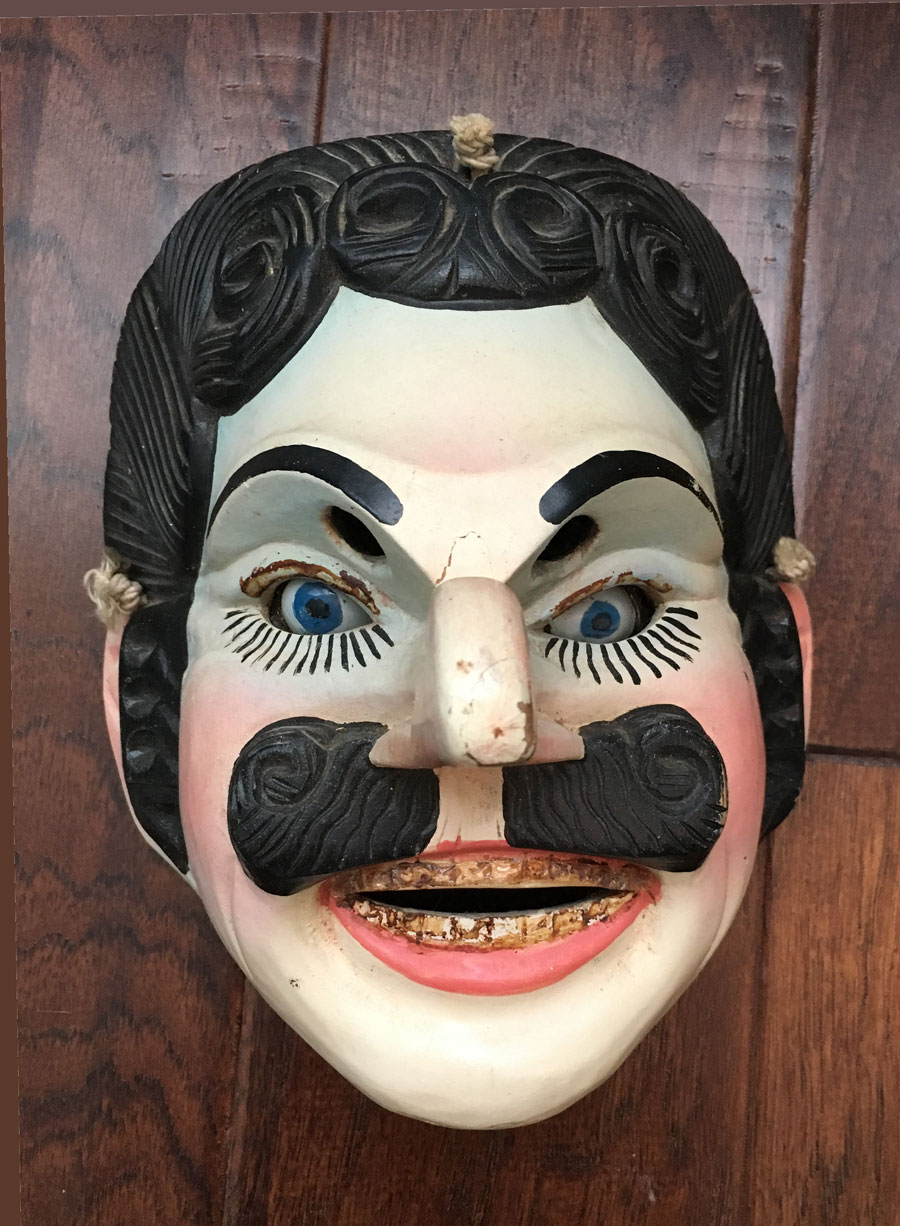
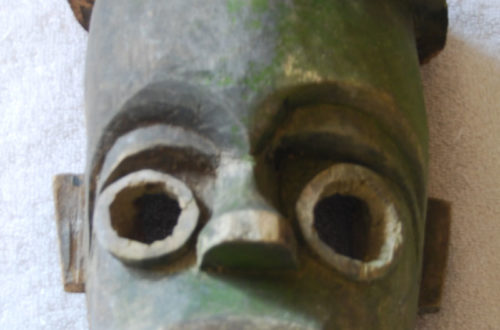
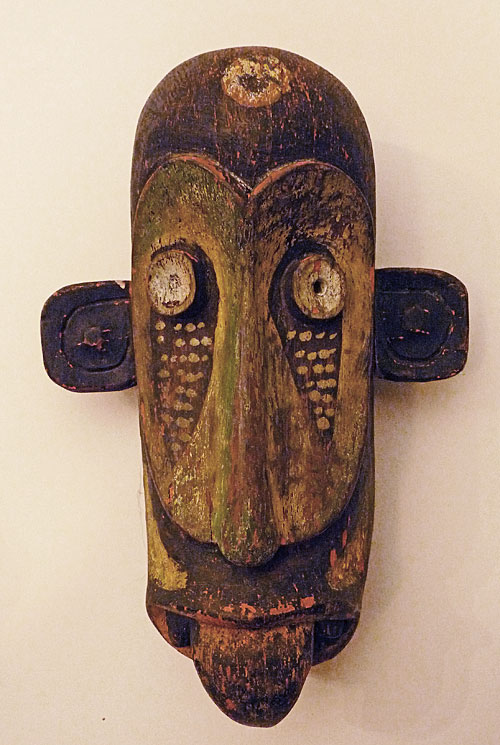
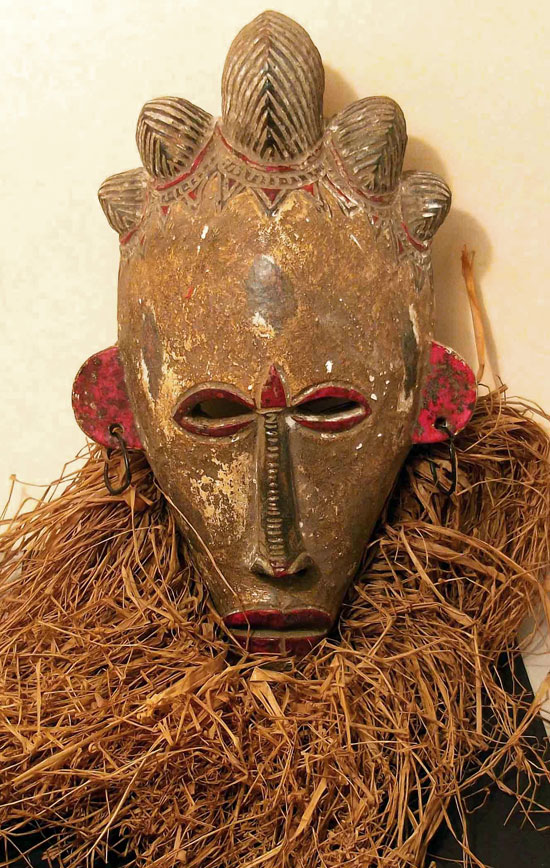
2 Comments
Chris
Hello. I am pretty sure that it is a piece made for the tourist trade. Unused, and it lacks the holes for strings on the side, but has one at the top to hang it onto a wall. The paint seems to have been varnished all over a little bit to give it a rougher look. Quality seems not to be too elevated, unfortunately…I have seen better ones for tourists in Quito artisanal markets. It nevertheless is typically Ecuadorian, and clearly a monkey. The portruding ears are quite indicative, I think. I have one like this, but an old, used one.
Bob Ibold
Thanks for the comments, Chris. I agree with you completely and will lower the letter grade to a C.